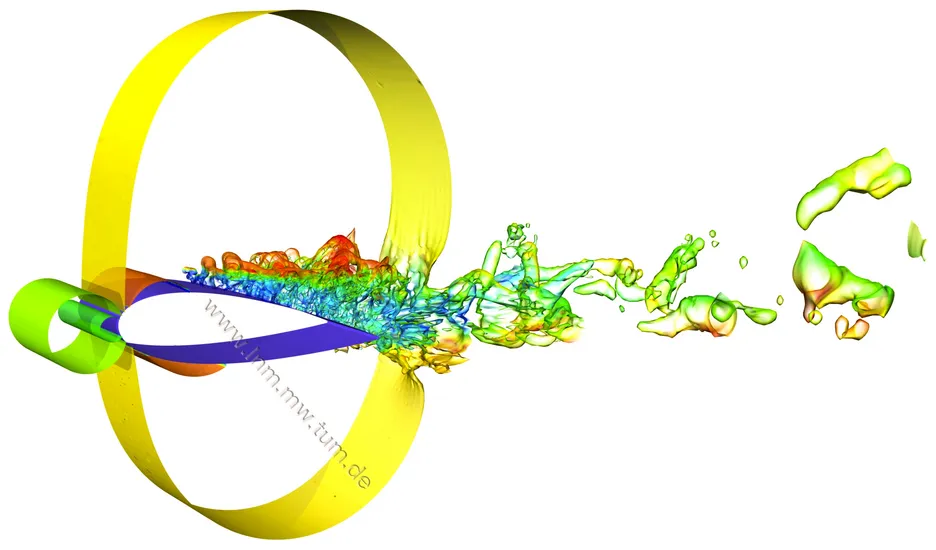Elasto-Flexible Morphing Wing



Revolutionary concepts for unmanned aerial vehicles offer an improvement potential that remains generally unexploited when the design of new aircraft is based on already existing concepts. Especially for complex mission scenarios which include gliding flight but also demand high levels of maneuverability the exploitation of this potential is important. Morphing aircraft that can continuously alter one or more of their geometric parameters such as sweep, planform or airfoil are believed to be very well suited for such complex mission scenarios. Inspired by the Pterosaurs, which had an excellent flight performance, this project aims at the development of a radically new concept for a morphing aircraft. Together with the Institute of Aerodynamics and Fluidmechanics (AER) an aero-elasto-flexible flying wing configuration is studied. The current wind tunnel model developed by the AER allows a massive change in planform as well as an adaptively changing airfoil through a sail-wing structure with an elastic membrane. The pictures below show the model of the wing which is currently used at the AER for wind tunnel testing.

A major challenge is the simulation of the aero-elasto-flexible load bearing structure interacting with the airflow, which is significantly more challenging than the aeroelastic analysis of conventional aircraft. The sail-wing structure in combination with an anisotropic elastic membrane allows for a passive flow control. To capture this behaviour fully coupled fluid-structure interaction simulations are required. Eventually accurate numerical simulation and optimization techniques should help to determine for instance the optimal material properties or fiber direction of the membrane under specific mission scenarios.
The pictures on the right show streamlines over a flexible profile at different time steps of a fully coupled large-eddy fluid structure simulation, indicating vortex shedding on the suction side of the airfoil. Reynolds-numbers in the range of 105 require a very high mesh resolution leading to systems with millions unknowns. The picture below shows a visualization of the isobars of a simulation with 4 million degrees of freedom.
